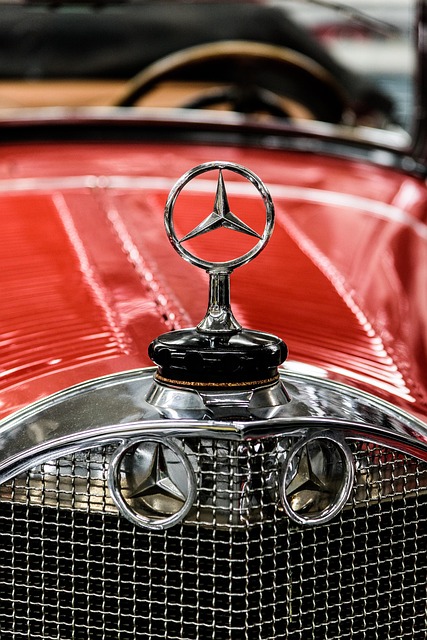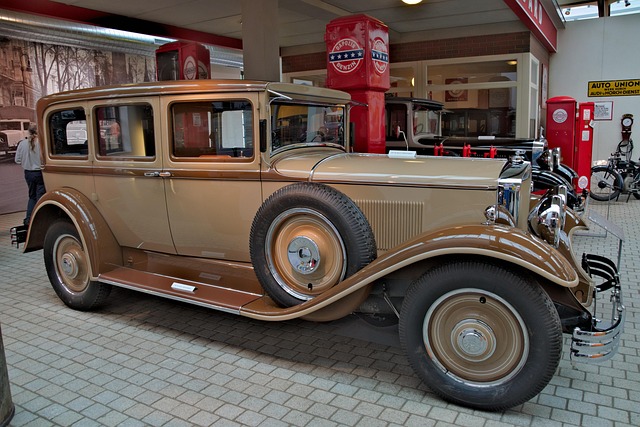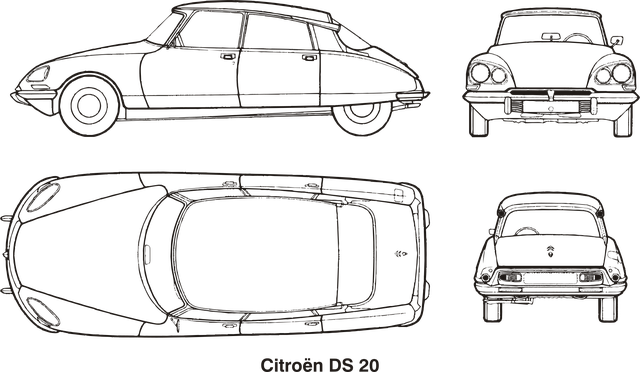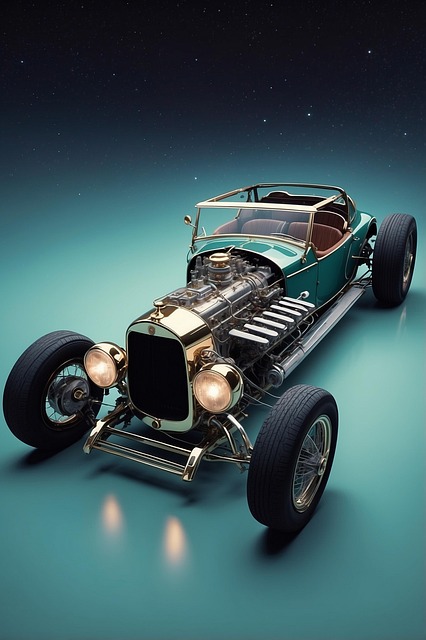DMV VIN verification is a critical process using a 17-character Vehicle Identification Number to ensure vehicle history accuracy in California. It aids in fraud prevention, authenticating vehicles and their records by cross-referencing data from multiple sources, and maintaining a secure database of registered vehicles. This transparent process empowers buyers to make informed decisions about used car purchases by checking accident reports, repair records, and ownership history. Challenges include inaccurate information, incomplete details, manipulated VINs, and inconsistent vehicle records.
Looking to navigate California’s DMV VIN check process? This guide breaks down everything you need to know. We’ll explain the significance of a Vehicle Identification Number (VIN) in verifying vehicle history, specifically for California Department of Motor Vehicles (DMV) checks. Learn how to validate a car’s past, understand official guidelines, anticipate common issues, and ensure a smooth VIN verification process. Get ready to make informed decisions about your next vehicle purchase.
- Understanding VIN for California DMV Check
- Validating Vehicle History Through VIN
- Official Guidelines for DMV VIN Verification
- Common Issues During VIN Check Process
Understanding VIN for California DMV Check

The Vehicle Identification Number (VIN) is a crucial 17-character code used for identifying specific vehicles, including their make, model, year, and unique features. For California Department of Motor Vehicles (DMV) checks, understanding the VIN is essential as it plays a vital role in verifying vehicle history and ownership. When conducting a DMV vin verification, this number acts as a key piece of information, enabling officials to access detailed records related to the car’s past and present status.
During the check process, the VIN is used to cross-reference data from various sources, ensuring the vehicle’s authenticity and avoiding any potential fraud or theft issues. It helps in matching the vehicle with its official records, including manufacturer details, previous owners, and any reported accidents or outstanding recalls. This verification is an important step in California DMV procedures to maintain a comprehensive and secure database of registered vehicles.
Validating Vehicle History Through VIN

The California Department of Motor Vehicles (DMV) offers a critical service for vehicle owners and potential buyers: the ability to validate a vehicle’s history through its Vehicle Identification Number (VIN). This process, known as DMV VIN verification, is an essential step when assessing a car’s past and ensuring it aligns with its advertised condition. By simply providing the unique 17-character VIN, individuals can access a wealth of information that includes accident reports, repair records, and ownership history—all critical factors in making informed decisions about used vehicles.
DMV vin verification provides a transparent look into the vehicle’s journey, enabling buyers to detect any discrepancies or potential red flags. It’s a straightforward process, often accessible online or through dedicated services, that empowers individuals to protect themselves from fraud and make sound purchases. With this valuable tool, California residents can confidently navigate the used car market, ensuring they’re making the right choice for their safety and investment.
Official Guidelines for DMV VIN Verification

The California Department of Motor Vehicles (DMV) provides clear guidelines for performing a Vehicle Identification Number (VIN) verification, ensuring that vehicle history reports are accurate and up-to-date. This process is crucial when buying or selling a car to prevent fraud and ensure transparency.
Officially, the DMV requires that VIN verifications be conducted by authorized personnel using approved methods. This involves cross-referencing the VIN with the manufacturer’s records to gather essential vehicle information, including model year, make, engine specifications, and any reported accidents or damage. The guidelines emphasize the importance of accuracy and the need to follow a structured process to maintain data integrity.
Common Issues During VIN Check Process

During the DMV VIN (Vehicle Identification Number) check process, several common issues can arise, often leading to delays or failed verifications. One of the primary challenges is inaccurate or incomplete vehicle information provided by the owner or dealer. This includes incorrect VIN numbers, outdated registration details, or discrepancies between the listed odometer reading and the actual mileage on the vehicle.
Another frequent issue is the presence of alterations or damage to critical components, such as the chassis or body panels, which can manipulate the VIN plate or its data. Additionally, vehicles with modified engines or altered identification numbers from previous accidents or repairs may fail the VIN check due to inconsistency in records. These problems underscore the importance of meticulous record-keeping and transparency during vehicle transactions to ensure a smooth and accurate DMV VIN verification process.
California’s DMV VIN check is a crucial process for ensuring vehicle authenticity and history. By understanding the Vehicle Identification Number (VIN) and following official guidelines, individuals can effectively validate a vehicle’s past, making informed decisions during purchases or sales. This comprehensive guide has outlined the steps, common issues, and essential information needed for a successful DMV VIN verification, empowering users to navigate this critical aspect of vehicle ownership with confidence.



